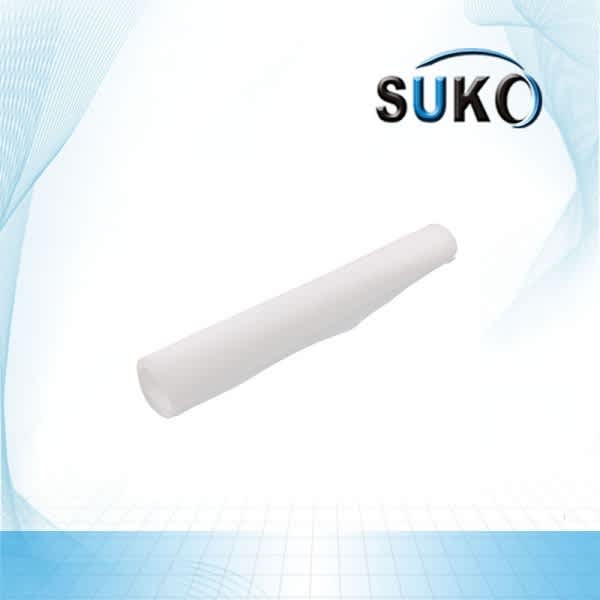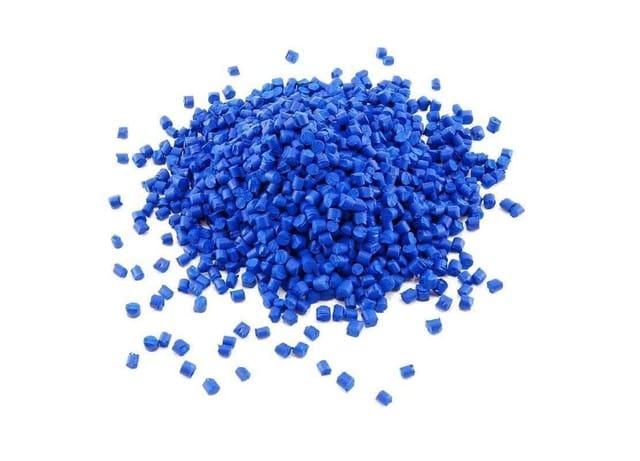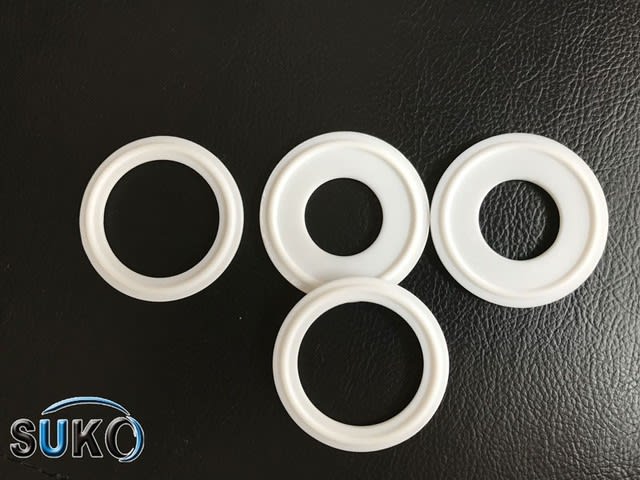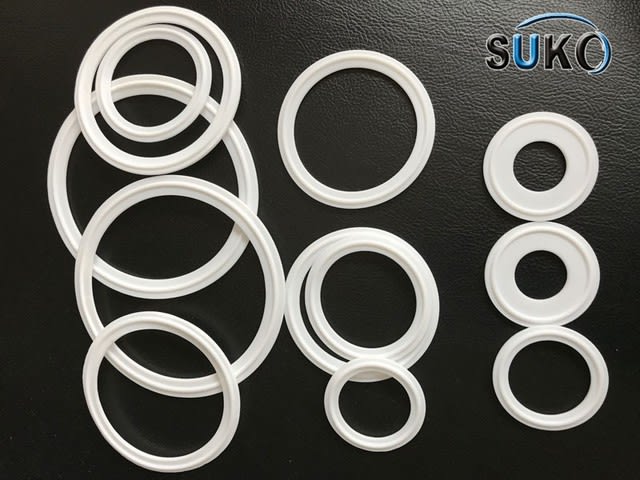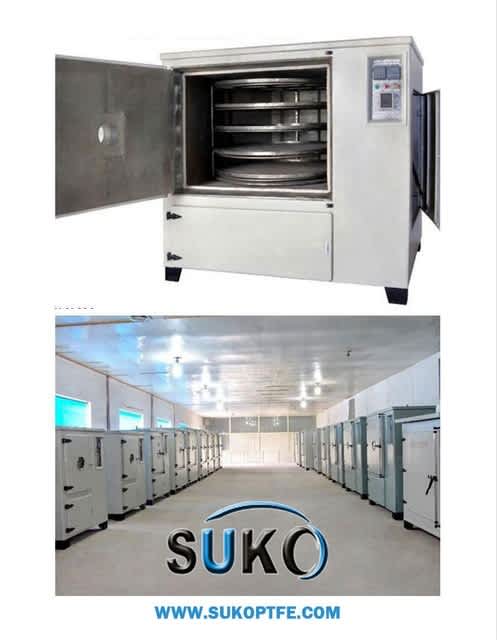Ptfe films are prepared by biaxial tensile method. Scanning electron microscope can observe that the films are made of crisscrossing fiber filaments connected with each other, and the gaps between fiber filaments form microholes in the films.
There are many micropores on the surface of the film, about 9 billion micropores per square inch, and the micropores are mainly distributed in the diameter of 0.8~1 micron. The minimum pore diameter of thin film micropores is only about 0.6 micron, while the maximum pore diameter is about 1.6 micron, and the diameter of water vapor is 0.0004 micron. Thus, water vapor molecules can easily penetrate the pores, allowing the membrane to function as a moisture permeator. The smallest liquid you can get your hands on is light fog, with droplets 20 microns in diameter. Therefore, the membrane also has the function of waterproof. The moisture permeability of ptfe film is 8450g/m2·24h, which is much higher than that of 3000g/m2·24h when human body feels comfortable. At the same time, the ptfe film also has good wind resistance. When the wind pressure rises to the equivalent of wind pressure of level 10, the permeability of the film is 28.85mm/s, while when the permeability exceeds 30mm /s, the film loses its wind resistance.
Polyamide (COPA) hot melt adhesive as the adhesive, the use of flat vulcanizing machine will be fabric, hot melt adhesive, ptfe film, hot melt adhesive, lining five layers by hot pressing made of waterproof and permeable laminated fabric. Orthogonal tests of nine laminating processes with four factors and three levels were carried out. Under the condition of nine kinds of technology of laminated fabric including moisture permeability, peel strength, high hydrostatic pressure and permeability test, finally USES the grey nearly optimal theory to deal with data process 2 for the optimal process, namely between the fabric and ptfe film gluing quantity to 12 g/m2, the material between the membrane and the amount of glue is 24 g/m2, laminating temperature is 140 ℃, laminated time of 10 s, to achieve the optimal performance of the laminated fabric.
The properties of laminated fabrics made of four kinds of different fabrics are compared. It is found that the three most important properties of the composite fabrics, namely moisture permeability, heat preservation and peeling strength, are superior. Therefore, it is more ideal to choose brocade and cotton interweave as the layer of waterproof and moisture permeable laminated fabric. In the use of water-soluble adhesive, the surface of the material wetting, and other substances between the bond strength.
In order to further improve the peeling strength of laminated fabric, ptfe film was treated with hydrophilic modification. In the process of modification, 1ml Fe Cl3 solution was used to prepare Fe(OH)3 colloid, which had the best treatment effect on the film. The optimal solution for the ptfe film repolymerization of hydrophilic monomer acrylic acid adsorbed with Fe(OH)3 colloid is A3B2C1D2, that is, the polymerization temperature is 70℃, the acrylic monomer concentration is 20%, the polymerization time is 20min, and the initiator dosage is 1%.In addition to a slight decrease in moisture permeability, hydrostatic pressure resistance and permeability rate, the peel strength value of the laminated fabric after modification was greatly improved and reached the enterprise standard of 5N/2.5cm.
